Panama Invites Travelers to Experience the Destination’s Heritage
(BPT) - Panama has long been regarded as the ‘Bridge of the World’ connecting the Americas, and its unique location provides visitors with the experience of a lifetime. The Central American country is gifted with having a wide range of rainforests, a desert, beaches on both of its coastlines, the Caribbean, and the Pacific all within driving distance of a cosmopolitan, modern city. Due to its small size and snake-like geographical shape, visitors can travel from one coast to the other in a matter of hours, making it the only place on Earth where you can see the sunrise on the Pacific Ocean and see it set on the Atlantic.
Panama re-opened its borders for international tourists in October 2020 and is excited to welcome visitors in 2021. Visitors have to comply with the visitation guidelines and protocols. For some inspiration on vacation, below are some of the top attractions bringing visitors to Panama.
The Panama Canal
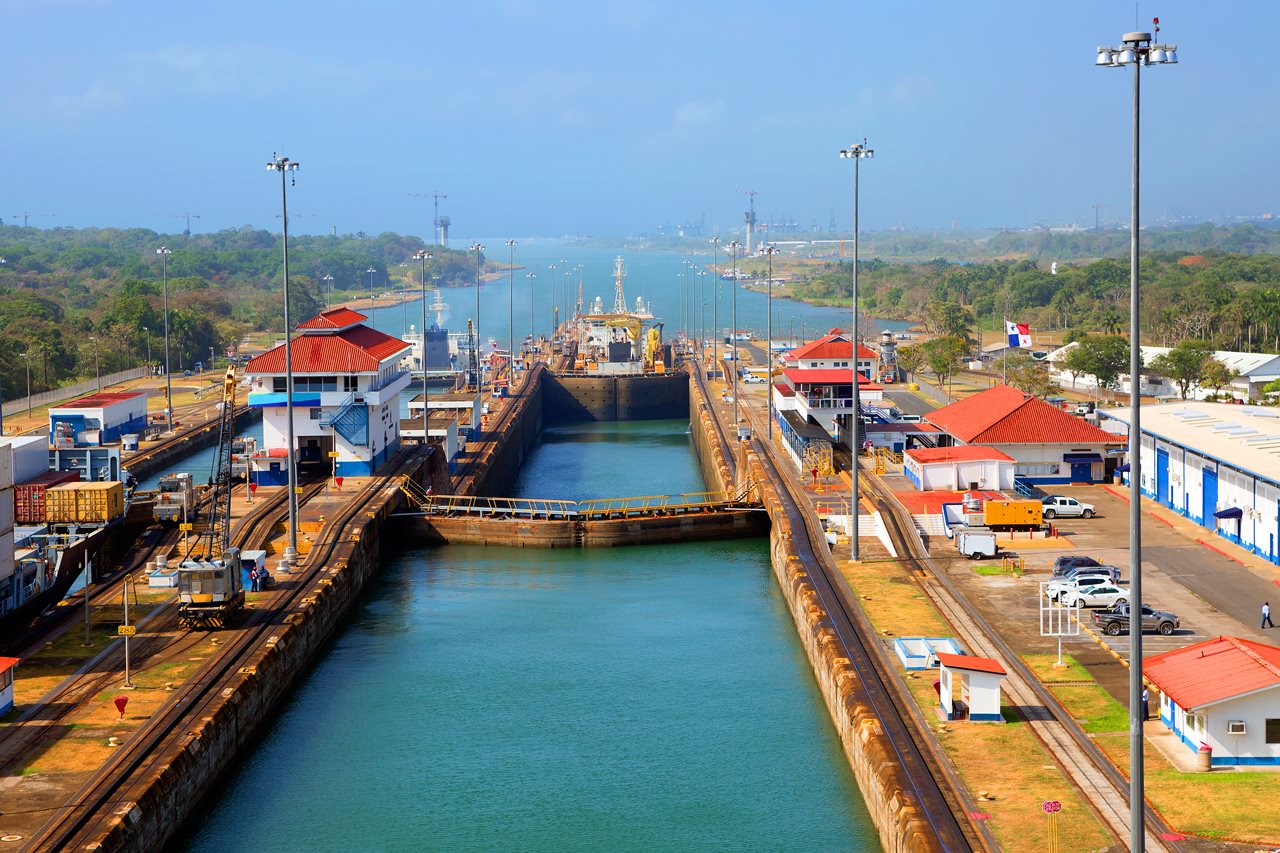
Arguably the most famous attraction in Panama is the Panama Canal. As one of the wonders of the Modern World, the Panama Canal is a must-see for anyone traveling in the country. Built to dramatically decrease the travel time for ships between the Pacific Ocean and Caribbean Sea, the Canal has seen over 900,000 vessels and counting. At one point, this engineering miracle was considered impossible to build, but today, you can see it for yourself through one of its Visitor Centers. The Miraflores Visitor Center in the Pacific entrance of the Canal is only a short drive from Downtown Panama City and features an IMAX theater where visitors can learn about the history of the Canal through a documentary narrated by Morgan Freeman. The Agua Clara Visitor Center, in Colon, offers visitors a museum and spectacular views of the Canal’s new expanded locks.
Baru Volcano National Park
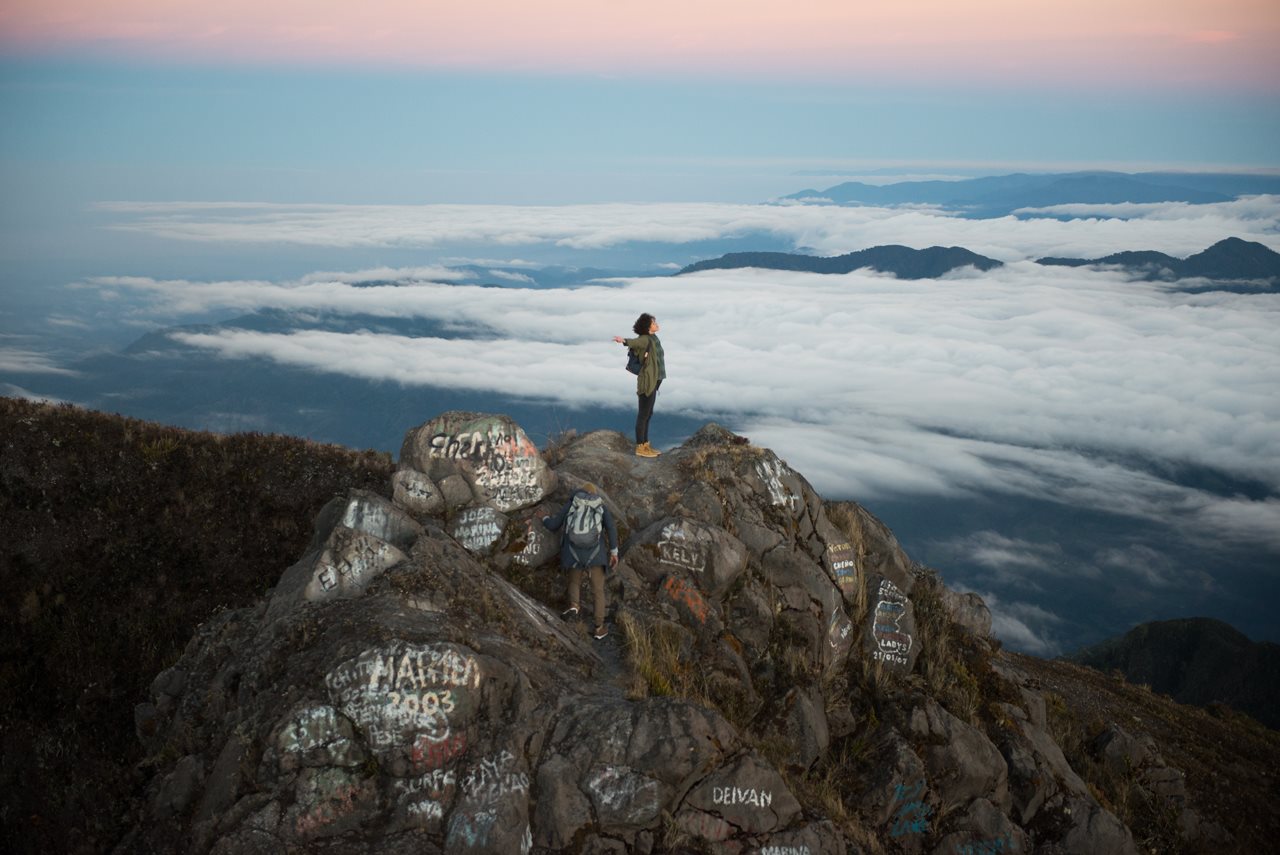
Chiriqui is a province in western Panama bordering Costa Rica and the Pacific Ocean. In the northern Chiriqui Highlands is Baru Volcano National Park, named after the volcano that's Panama's highest peak.
At 3,474 meters high, the towering Baru Volcano is the 12th highest peak in Central America and the only place in the world where on the clearest of days, you can see two oceans, the Pacific and Caribbean, at the same time. The volcano and its surrounding land feature five different ecosystems thanks to a combination of rainforest highlands, as well as the byproducts of volcanic eruptions that occurred millions of years ago. Thanks to the area’s volcanic soil, the area is internationally recognized as a producer of Geisha coffee, one of the most exclusive coffee varieties in the world. For adventurers, the Los Quetzales Trail winds through the region's cloud forests, linking the rustic agricultural community of Cerro Punta with Boquete, a base for outdoor pursuits like hiking, climbing and white-water rafting.
Biomuseo
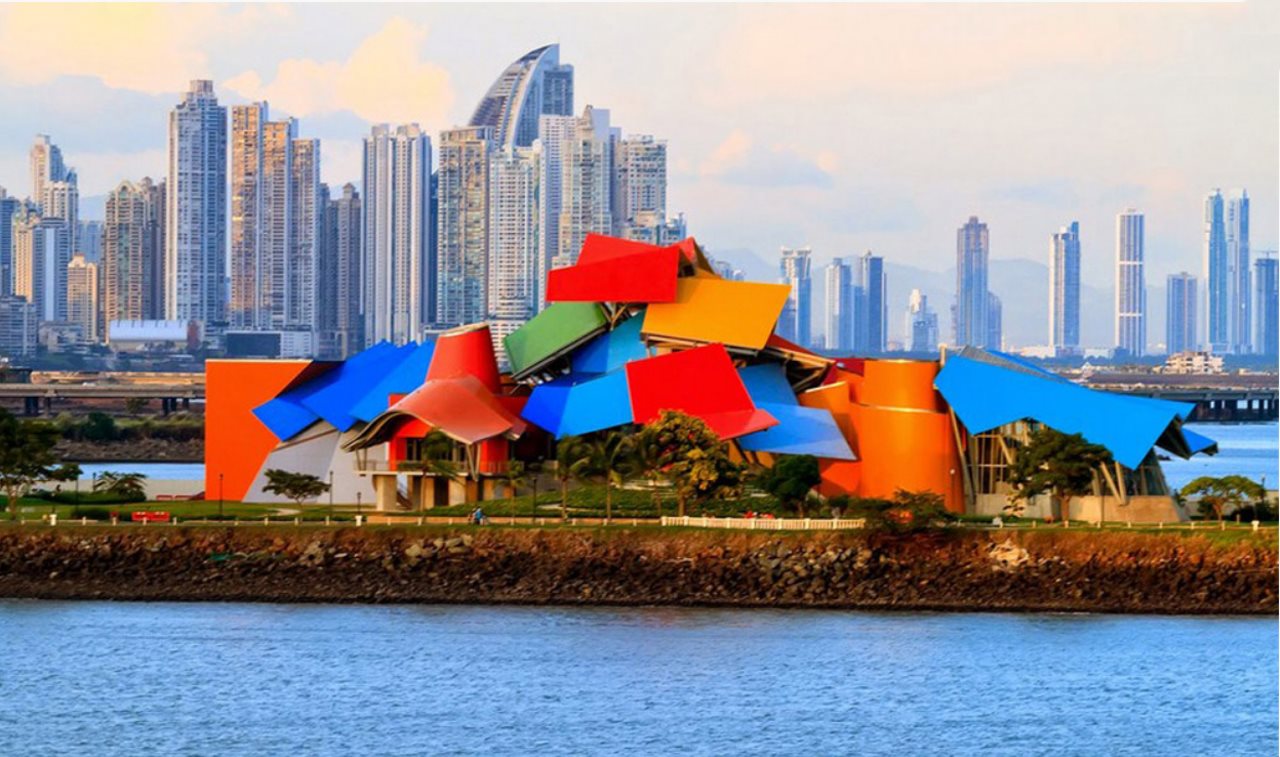
Did you know that the isthmus now known as Panama was formed relatively recently in geologic time — and emerged, quite literally, to change the world? To learn more about Panama’s unique impact on the world’s biodiversity, as well as the country’s commitment to protecting the environment, be sure to visit the Biomuseo and its eight interactive galleries. Located on the Amador Causeway, the Biomuseo also features breathtaking views of Panama City’s modern skyline and the Pacific entrance of the Panama canal. The striking and colorful geometric building was designed by renowned architect Frank Gehry, making it his first design in Latin America.
Panama Railway
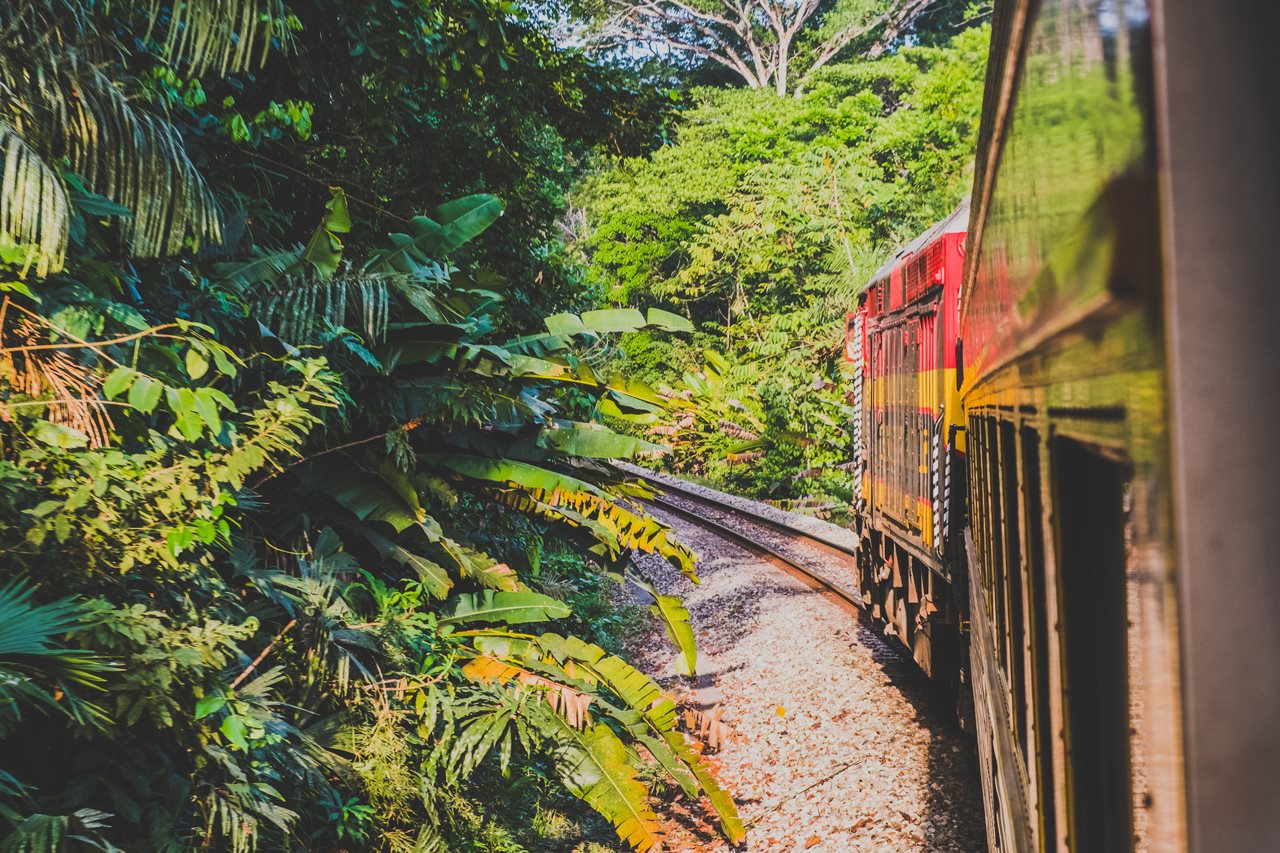
The Panama Railway traverses the Isthmus of Panama and it was the world's first transcontinental railroad. Discover Panama’s rich history by rail on a full-day tour to San Lorenzo and Agua Clara Locks Visitor Center from Panama City. Board the iconic railway that links Panama’s two coasts for a 60-minute journey on a glass-roof train while admiring the Panamanian jungle. When you arrive at Colon, explore the 17th-century Fuerte de San Lorenzo, today a UNESCO World Heritage Site. Hear stories of pirates and Spanish gold or learn the legend of Sir Francis Drake’s final battle. Finish your day with a trip to the canal’s most famous locks, where engineers held back the jungle with a towering earthen dam.
Bocas del Toro

Representing Panama’s vibrant Afro-Caribbean culture, the Bocas Del Toro province comprises part of Panama’s mainland, as well as a chain of islands in the Caribbean Sea. In Bocas, expect to find a relatively undeveloped landscape, and a friendly, laid-back vibe. Bocas is also home to a tropical rainforest, some of the area’s indigenous cultures, like the Ngöbe and NasoTjerdi, as well as many of the country’s most popular beaches. Bocas offers everything travelers might want in terms of accommodation, food, entertainment and sightseeing. Little shops line the streets of Bocas Town, touting tourist excursions ranging from snorkeling to dolphin viewing, surfing, kayaking and visiting chocolate plantations.
Gulf of Chiriqui
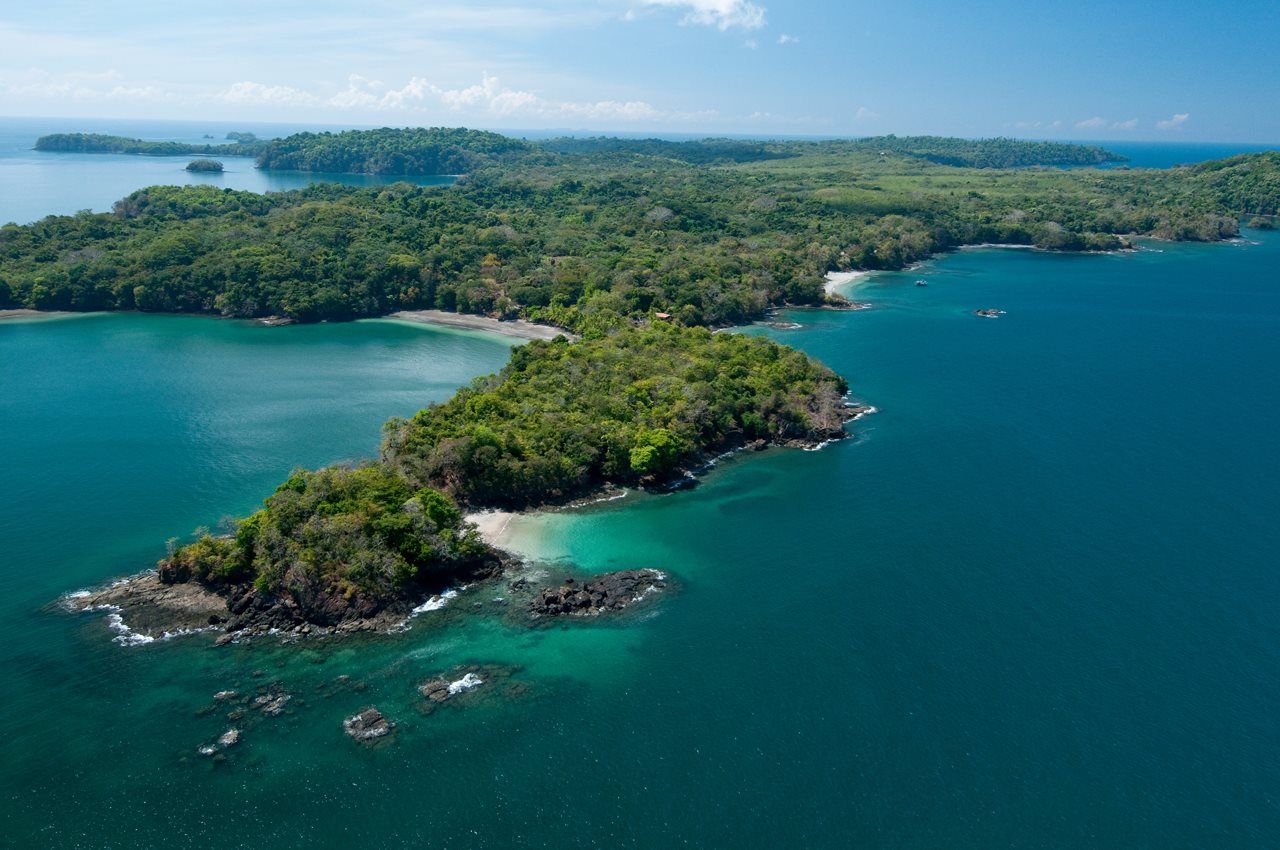
The Gulf of Chiriquí extends along Panama’s Pacific coast from the Costa Rican border to the Azuero Peninsula. It offers abundant vegetation, charming white-sand islands and one of the largest coral reefs in the Pacific, making it one of the best destinations for big-game fishing, diving and snorkeling. The gulf is also home to one of Central America’s densest mangrove forests, as well as Panama’s largest island and UNESCO World Heritage Site, Coiba Island. On your visit, you can tour within the islands and mangrove areas of the National Marine Park. Plus, due to the rich biodiversity of the gulf, you’ll also find lots of conservation projects that research and protect the area. The whale watching season is from July 15 to Oct. 15, when the humpback whales visit Panama’s warm waters to birth and nurse their young.
Pearl Islands
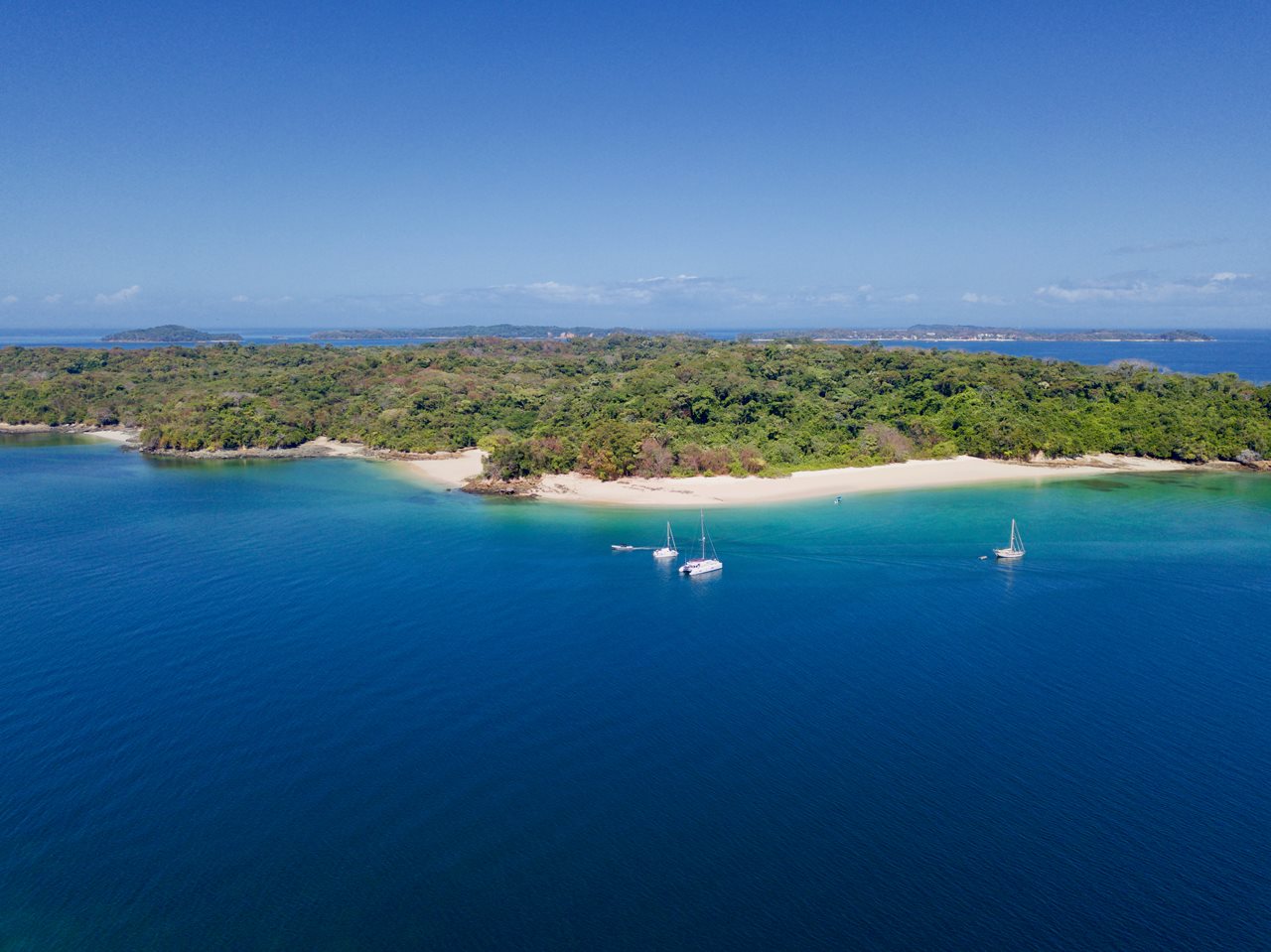
Once a popular tourist destination for the rich and famous, the Pearl Islands have become more accessible for others who want to experience the tremendous natural beauty of the area. The Pearl Islands archipelago consists of over 200 islands and islets off the Pacific coast in the Gulf of Panama. The largest of the islands is Isla Del Rey, but tourist favorites include Contadora Island, with over 13 beaches. On a trip to the Pearl Islands, you can expect to find beautiful white sand beaches, opportunities for fishing, sailing, scuba diving and whale watching, as well as well-preserved nature and marine life.
Casco Antiguo
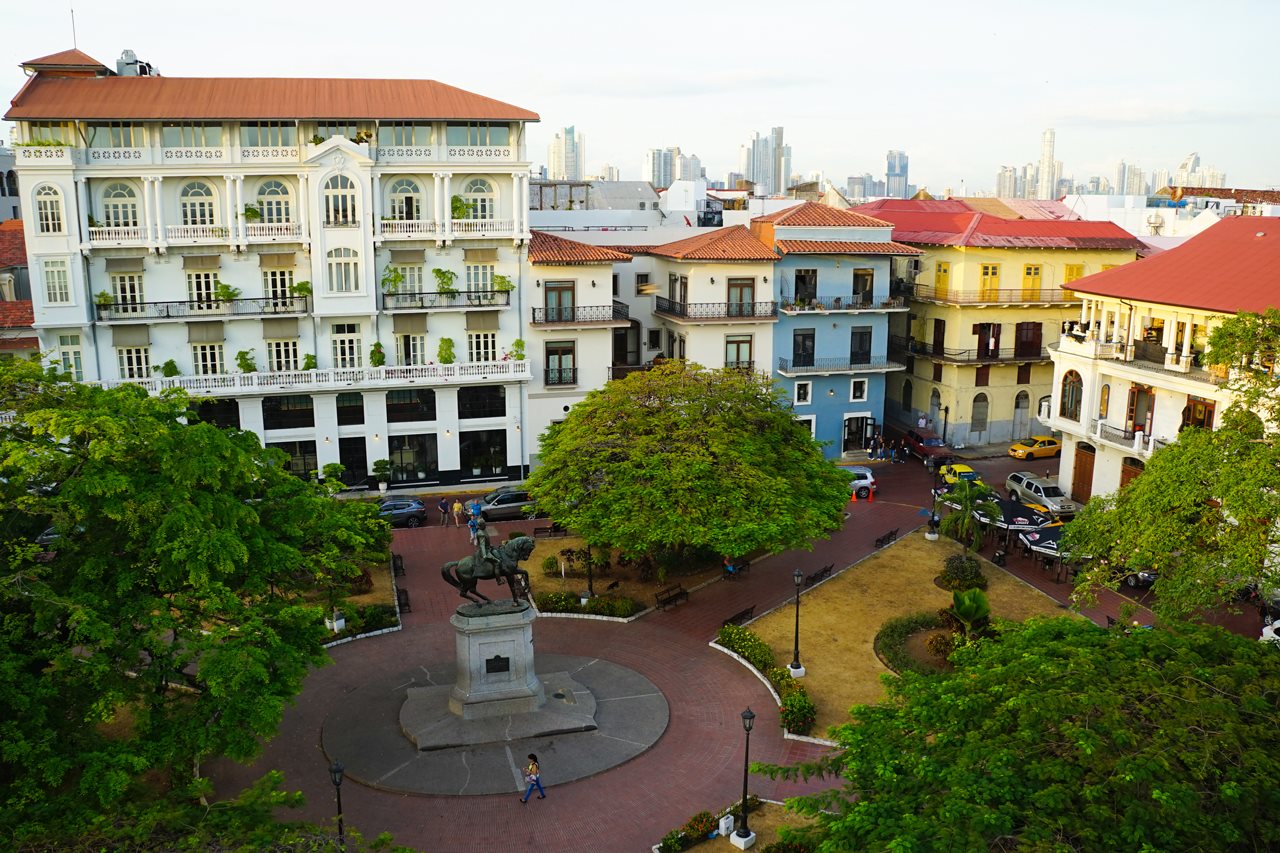
Experience the historical, charming and vibrant neighborhood of Casco Antiguo. Casco Antiguo, also known as Casco Viejo, or the ‘old quarter,’ is Panama City’s historic district. Considered a UNESCO Cultural World Heritage Site, the district dates back to 1673, and features vibrant plazas and picturesque brick-paved streets surrounded by colorful colonial buildings. The area is ideal for walking, discovering history and enjoying a variety of fine cuisine. Come for some of the city’s best gastronomy, culture and photo ops, and stay to mingle with the locals in the heart of the nightlife scene.
Embera Indigenous Community
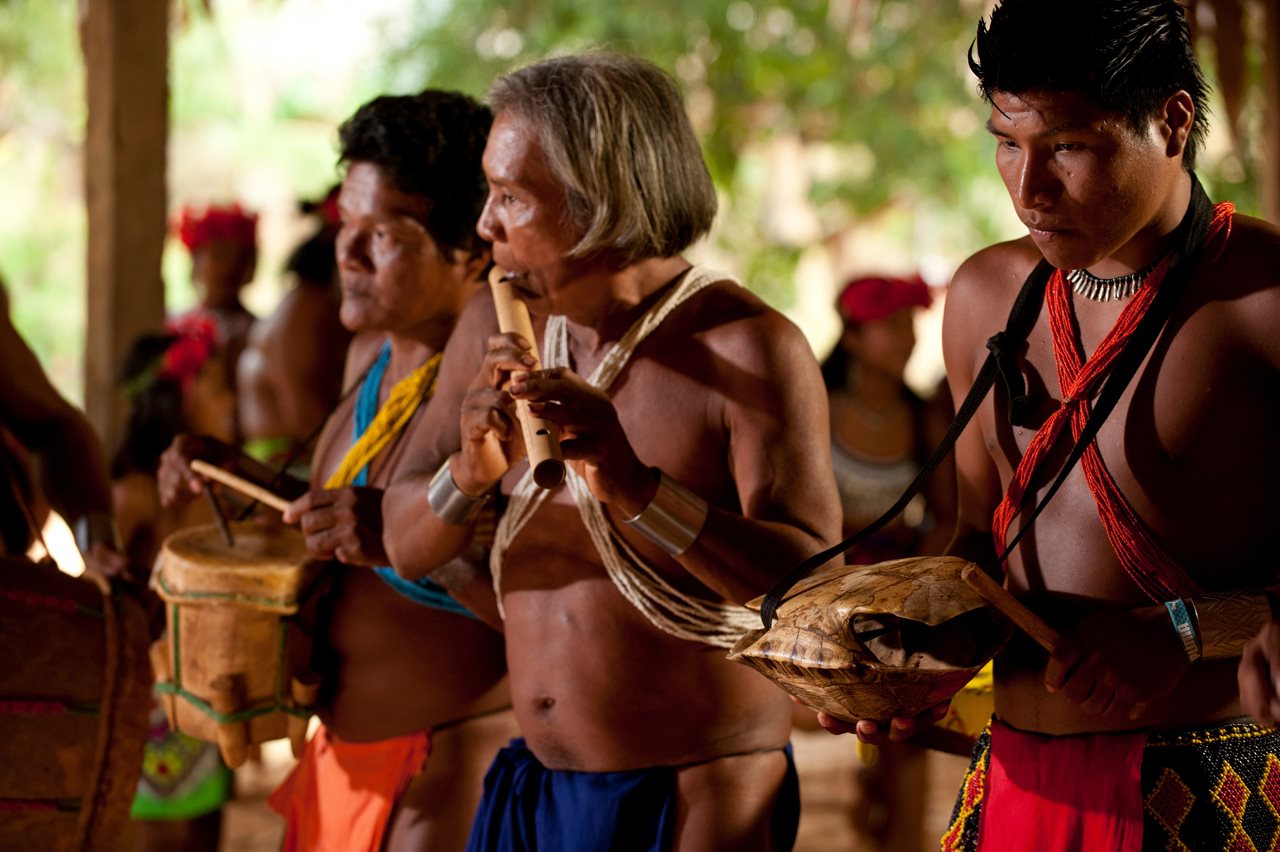
There are seven unique indigenous communities in Panama. Immerse yourself in the culture of Panama by visiting the Embera, one of the indigenous communities living in the Panama Province relatively close to the city. Originally from the Darien Province, the Embera people have been living at the Chagres National Park area for the past 50 years. This community has existed for centuries and is independent from the rest of the country, which has allowed them to remain rooted deep in their cultural and traditional practices. A boat ride on the Chagres River will lead you to one of the Emberá indigenous villages at the water’s edge, and can be arranged with a local tour operator. When you go, visitors are encouraged to book an eco-tour offered by the Emberá community themselves.
Coiba National Park
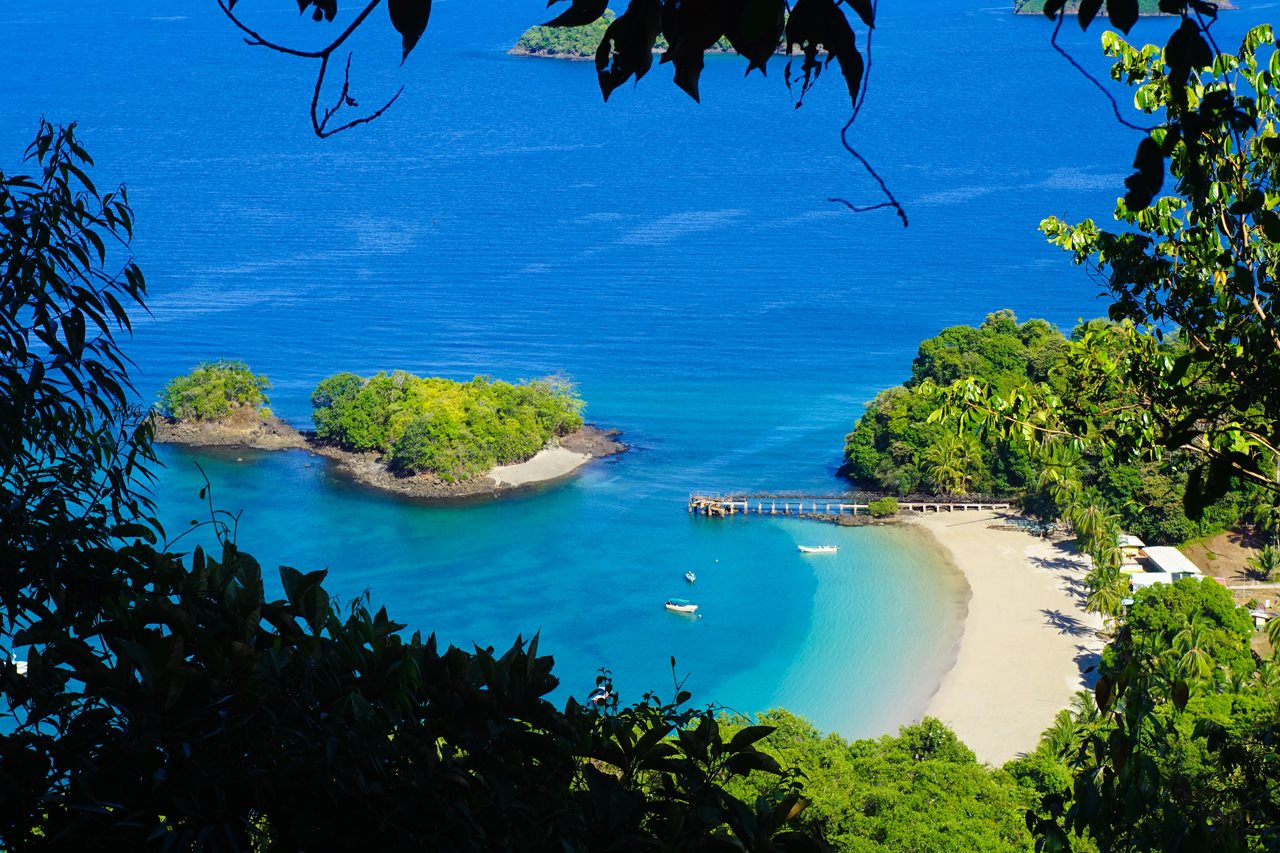
Declared a UNESCO World Heritage Site in 2005, Coiba National Park is a marine reserve located off of Panama’s Pacific coast in the Gulf of Chiriquí. Once a penal colony, access to the island was historically limited, allowing much of the area’s natural resources to survive untouched. Today, the marine park boasts some of the greatest biological diversity in the world.
Coiba is a world-class diving destination on the same corridor as the Galapagos Islands, offering access to Bahia Damas Reef, the largest reef on the western coastline of the American continent. A dive there means you’ll have the chance to see manta rays, whales and hammerhead sharks. If you come between December and April, you might just see some of the biggest fish in the ocean: whale sharks!

